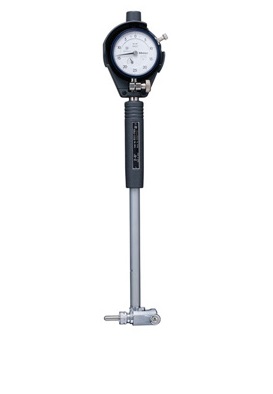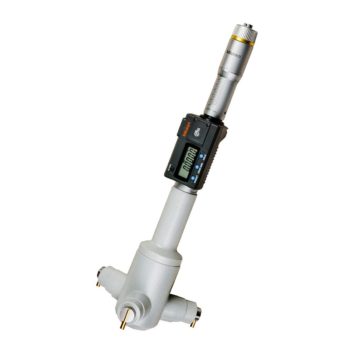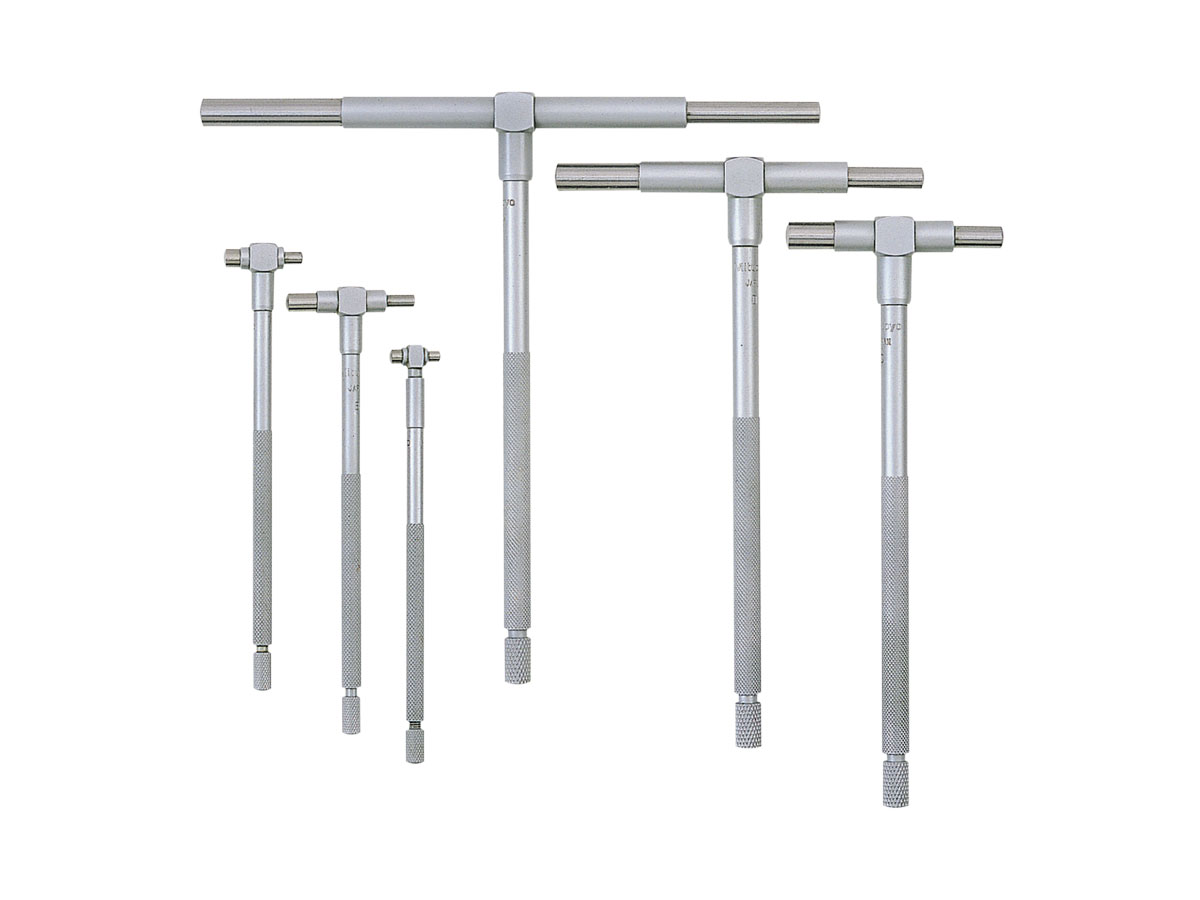When it comes to machining, the bore gage is invaluable. The tool is used to measure the inside diameter of holes (also known as bores), and comes in a variety of forms for different purposes. Although all bore gages are designed to achieve precise measurements, they do have slight variations in accuracy. They are also available in various ranges for different sized bores.
What is the range of a bore gage?
When searching for the perfect bore gage, you’ll notice that each has a dedicated measurement range. The appropriate range depends on the size of the bore you’re measuring. If you will be measuring holes of varying sizes, you may want to purchase a gage with a wide range, or multiple sizes for each purpose. The following are the standard ranges available:
- Extra small hole bore gage: .040-.700” (1-18mm)
- Small bore gage: .240-.740” (6-18mm)
- Standard bore gage: .7-6.0” (18-150mm)
- Large bore gage: 2-32” (50-800mm)
- 3-Point bore gage: .040-12” (1-300mm)
How accurate is a bore gage?
All bore gages are generally accurate, but depending on the task or project, you may need one with the highest level of precision. Before buying a bore gage, check the product’s accuracy in the specifications. Tip: Since bore gages must be mastered to a particular size prior to use, you can increase your tool’s accuracy by purchasing a custom master.
In general, different types of bore gages do have slight variations in accuracy. Below is a guide to the various styles and the accuracy of each.
Dial bore gage
Perhaps the most popular type of bore gage, the dial bore gage is characterized by efficiency, accuracy and ease of use. The tool is made up of a shaft with a dial on one end and two or three anvils on the other, which extend to match the size of the hole you’re measuring. These gages are simple to position, and provide extremely precise measurements for myriad diameter sizes. The only drawback is that they must be calibrated prior to each use. See our blog, How do you set a dial bore gage?

Inside caliper
While they are generally affordable, inside calipers aren’t used much in modern machining. They comprise a spring, two legs and an adjusting nut, and require the aid of another measuring tool to determine exact measurements — however, you will find a screen to read direct measurements on newer digital models. Positioning an inside caliper requires a bit of skill, and they aren’t quite as accurate as other types of bore gages.
Inside micrometer
An inside micrometer comes in two designs, both of which provide very accurate, direct measurements: jawed micrometers, which are used for small holes; and rod-type micrometers, which are extendable and therefore useful for larger diameters. Inside micrometers have a numbering system on the thimble that allows for direct readings. However, they require calibration, and can be tricky to position, so you’ll need to practice to ensure you’re achieving precise measurements. Also, the better models tend to be on the expensive side.
Telescoping gage
These gages are usually T-shaped, and have a head with telescoping rods that retract and expand to fit the size of a bore. The head is then locked to size, removed and measured with another tool like a micrometer. While they are easy to use and make an economical choice, telescoping rods aren’t the most precise bore gages.
Three-point bore micrometer
Self-centering and self-aligning, the three-point bore micrometer is extremely accurate and easy to use. It provides quick, direct readings and can be used for deep bores. The one downside: these tools are expensive, but if you’re seeking the highest precision measurements, it may be worth the investment.

FREQUENTLY ASKED QUESTIONS
- How do I choose a bore gage with the right measurement range?
It depends on the size of the holes you’re measuring. For example, if you’re working with mostly smaller-sized holes, you might want a small bore gage with a range of .240-.740” (6-18mm), or an extra small hole bore gage that measures .040-.700” (1-18mm). A large hole bore gage has a range of 2-32” (50-800mm). If the diameters you’re measuring vary greatly, you should consider a 3-point bore gage with a wide range of .040-12” (1-300mm).
- What are the most accurate types of bore gages?
A few of the most accurate bore gages include the following:
- Inside micrometers, including jawed micrometers and rod-type micrometers
- Dial bore gages, which have extendable anvils and a dial for measurement readings
- Point bore micrometers, which are self-centering and self-aligning, and are suitable for deep bores
- What are the most budget-friendly bore gages?
If you’re on a budget, some less expensive bore gages include inside calipers, telescoping gages and dial bore gages. Among these less expensive options, the dial bore gage is perhaps the best value due to its high precision measurements.
GLOSSARY TERMS
- Measurement range
the range of diameters that a particular bore gage can measure. Bore gages come in several standard ranges, from the extra small hole bore gage of .040-.700” (1-18mm) to the large hole bore gage measuring 2-32” (50-800mm).
- Micrometer
also called “mics,” these tools are well-used by machinists for determining precise measurements in .0001” increments.
- Caliper
a measurement device with two adjustable legs that extend to the opposite sides of an object. Inside calipers, as mentioned above, are used to measure the inside diameter of bores, or holes.

